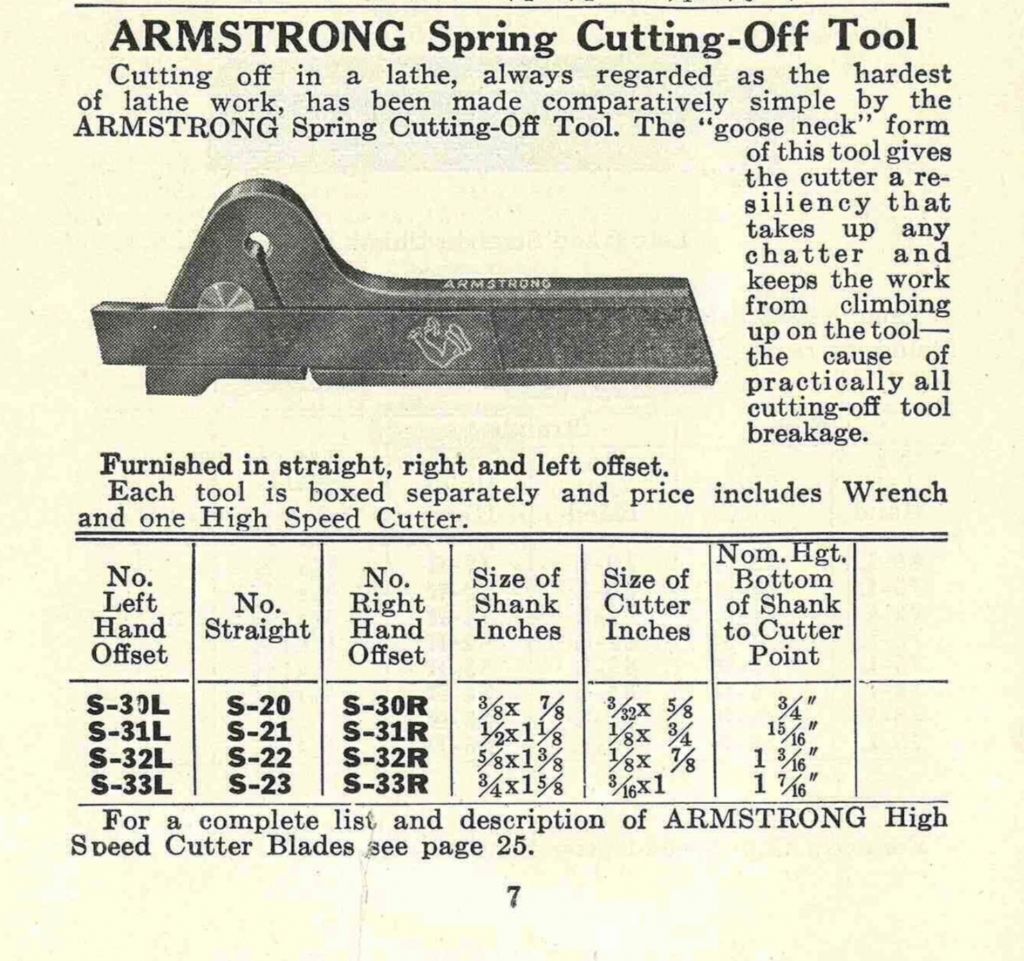The most economical, and strongest, way of grinding round tool-bits is to use a holder that gives a permanent positive rake. As is common on J&S, Armstrong and other makes of (square) tool-bit holders for lathe use.
For such alignments the basic grind involves putting a flat on the top of the tool reaching down to just below the centre of the bit. The angle of the flat relative to the bit centre line being whatever is needed to give the desired back rake angle relative to the work when the bit, and its carrier are mounted on the tool. The two sides of the tool bit are then shaped in the usual way to give appropriate angles and clearance. A certain amount of care is needed to ensure that the ground sides intersect the flat top. Not usually aproblem in practice unless you plan to take deep cuts.
This method is not practical for all tool shapes and applications but where it can be used it is very economical of material becuase the tool only needs to be ground back just enough to remove wear. Conventional grinding with back rake always consumes more material. Eventually the tool becomes too thin so it has to be cut back and grinding started over. As the business end can normally be no more than half the blank diametr thick the tool is inherently weaker.
Realistically repeatable grinding and shapin of round tool-bits requires holders to place the tool at the correct angles when the holder is sitting on the grinding rest.
Digressing into a very much "do as I say, not a s I do thing" but I'm convinced that most neophytes would do well to have a small selection of holders arranged to put appropriate angles on tooling when place on a flat grinding rest perpendicular to the wheel. Versatile and useful though it is the conventional tilting table "Hart style" rest designed in many variants by folk such as Howard Hall, Duplex et al needs a certain apprciation for 3D geometry to properly understand its use.
I'm sure that many beginners would prgress much faster if there were designs for a small set of holders to reliably produce sharp, adequately functional, tool shapes. Five or six ought to do it, three might well be enough. Assuming MEW were to print an article describing such a holder set along with the typical performance of such tooling it would make assistance through the forum much easier.
"I'm using an MEW No. 5 tool ……. and have these issues …… on a…… cutting …… " becomes much easier to answer than a simple description of the problem. Whether changes to speed, depth of cut et al or suggesting that an MEW No. 4 tool would be more appropriate. Folk with unspecified tooling could be directed to an appropriate MEW No tool and asked to report back. The point being that the holder ensures the tool is sharp.
Clive
Edited By Clive Foster on 08/01/2022 19:10:49
 Michael Gilligan.
Michael Gilligan.





